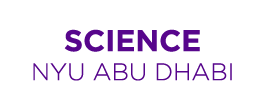This talk examines how high-performance computing has changed over the last ten years and looks toward the future in terms of trends. These changes have had and will continue to impact our numerical scientific software significantly. A new generation of software libraries and algorithms is needed for the effective and reliable use of (wide area) dynamic, distributed, and parallel environments. Some of the software and algorithm challenges have already been encountered, such as the management of communication and memory hierarchies through a combination of compile-time and run-time techniques, but the increased scale of computation, depth of memory hierarchies, range of latencies, and increased run-time environment variability will make these problems much harder.
If you are attending online, please click here to complete your registration.
This talk examines how high-performance computing has changed over the last ten years and looks toward the future in terms of trends. These changes have had and will continue to impact our numerical scientific software significantly. A new generation of software libraries and algorithms is needed for the effective and reliable use of (wide area) dynamic, distributed, and parallel environments. Some of the software and algorithm challenges have already been encountered, such as the management of communication and memory hierarchies through a combination of compile-time and run-time techniques, but the increased scale of computation, depth of memory hierarchies, range of latencies, and increased run-time environment variability will make these problems much harder.
If you are attending online, please click here to complete your registration.
- Jack Dongarra, Distinguished Professor of Computer Science, Electrical Engineering and Computer Science Department, University of Tennessee
In collaboration with

